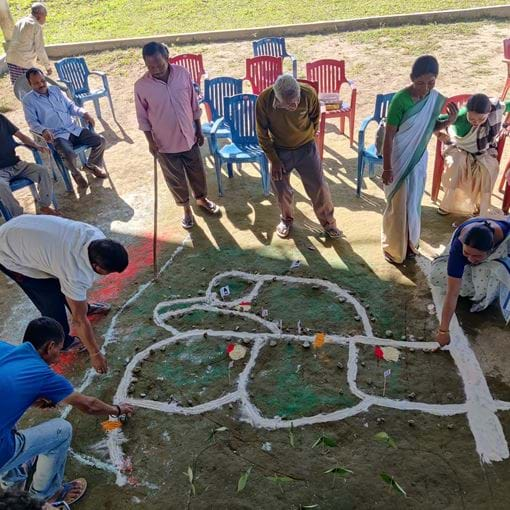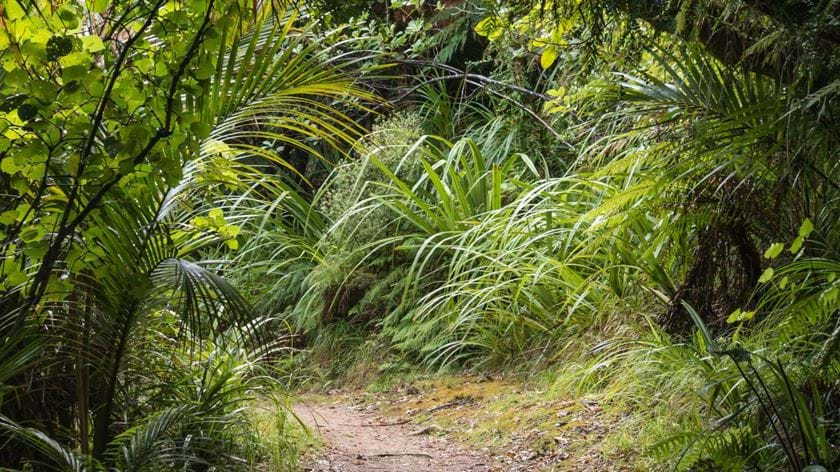Coexistence and the 2050 vision of ‘living in harmony with nature’
In our last blog, we highlighted a recent report on how the world’s wildlife populations have declined by more than two-thirds since 1970 as forests have been cleared and oceans polluted. The alarm bells are ringing.
We are witnessing an ecological crisis with extinction levels at their highest. This is also the single biggest threat of our age, and one that needs a bottom-up collaborative approach to be truly successful.
As part of our work, we are committed to recognising the role of indigenous peoples and local communities in conservation. There are approximately 476 million Indigenous Peoples worldwide, in over 90 countries.
Although they make up only 6% of the global population, Indigenous Peoples inhabit approximately 85% of areas proposed for biodiversity conservation worldwide. 56 percent of the people living in important biodiversity conservation areas, including existing protected areas, are in low- and middle-income countries.
The burden and responsibility to conserve biodiversity falls disproportionately on the rural poor living in low- and middle-income countries, with people in high-income countries forming just 9 percent of the population of important biodiversity conservation areas.
Moreover, indigenous peoples and local communities and community-based conservation initiatives have been effective in preventing habitat loss, often more effectively than traditional conservation methods.

After a long delay due to the COVID-19 pandemic, the global community is finally scheduled to meet in-person to agree upon a new Global Biodiversity Framework at the 15th meeting of the Conference of the Parties to the UN Convention on Biological Diversity in Montreal, Canada, from 7-19 December 2022 – commonly known as COP15. This event is positioned as the ‘Paris moment for biodiversity’ referring to the unprecedented agreement reached on climate in 2015.
The Framework will guide actions worldwide to preserve and protect nature and its essential services to people. It comprises of 21 targets and 10 milestones proposed for 2030, en route to ‘living in harmony with nature’ by 2050.
The Framework also includes the goal of safeguarding at least 30 percent of the planet through protected areas by 2030.
The 30 x 30 initiative is widely recognised by the mainstream conservation movement as the right framework and positive progress towards conserving our planet's increasingly threatened biodiversity. However, progressive conservationists are challenging the 30 x 30 initiative, questioning the intent behind it and its ability to deliver conservation outcomes without undermining the human rights of the communities that live here.
The issue of human-wildlife conflict continues to be overlooked by international policies despite its impact on global biodiversity, food security, human rights, and market supply chains. As emphasized by the WWF/UNEP report “The Need for Human-Wildlife Coexistence”, human-wildlife coexistence as a goal must be mainstreamed into global conventions to address the issue at scale and in an integrated way.
The report also highlights one of our past projects implemented by Dr Ananda Kumar, from the Nature Conservation Foundation, to reduce human-wildlife conflict in the farming communities of Valparai and Hassan in Southern India.
We support the principle of the 30 x 30 initiative and recognise that there is value on the initiative. But its success rests on its commitment to engage indigenous peoples and local communities. So, the Framework must reinforce the role of indigenous peoples and local communities in conservation and recognise the role of coexistence to achieve its 2050 vision of ‘living in harmony with nature’.
We have recently launched our CoExistence Fund – the result of our CoExistence campaign, where over 100 lantana elephants were exhibited across the Royal parks in the UK (United Kingdom). We are currently selecting projects for the Fund to support in the biodiverse hotspots of the Western Ghats and north-eastern India. Our decisions will be guided by a set of values we are developing with our CoExistence Advisory Group – an expert group of conservationists from India and abroad.
These values are central to the philosophy and practice of coexistence and will help us identity projects that seek to empower local community institutions and locally developed solutions.
We hope that COP15 will help create more momentum to work with local communities in the same way.
Auro Shashwat is the British Asian Trust’s Conservation Manager based in India.

